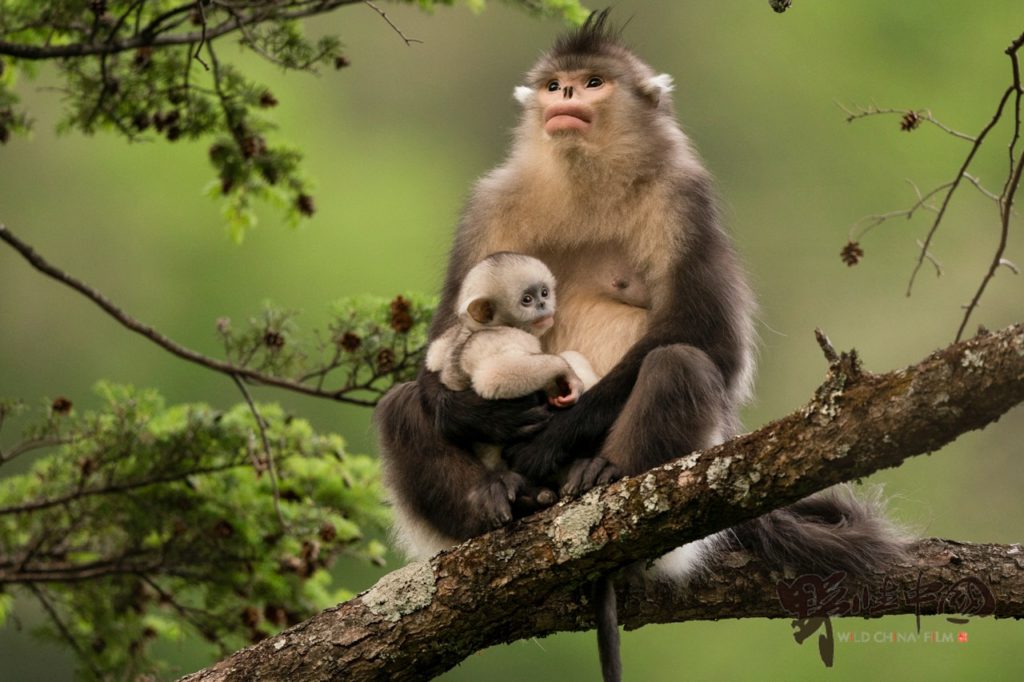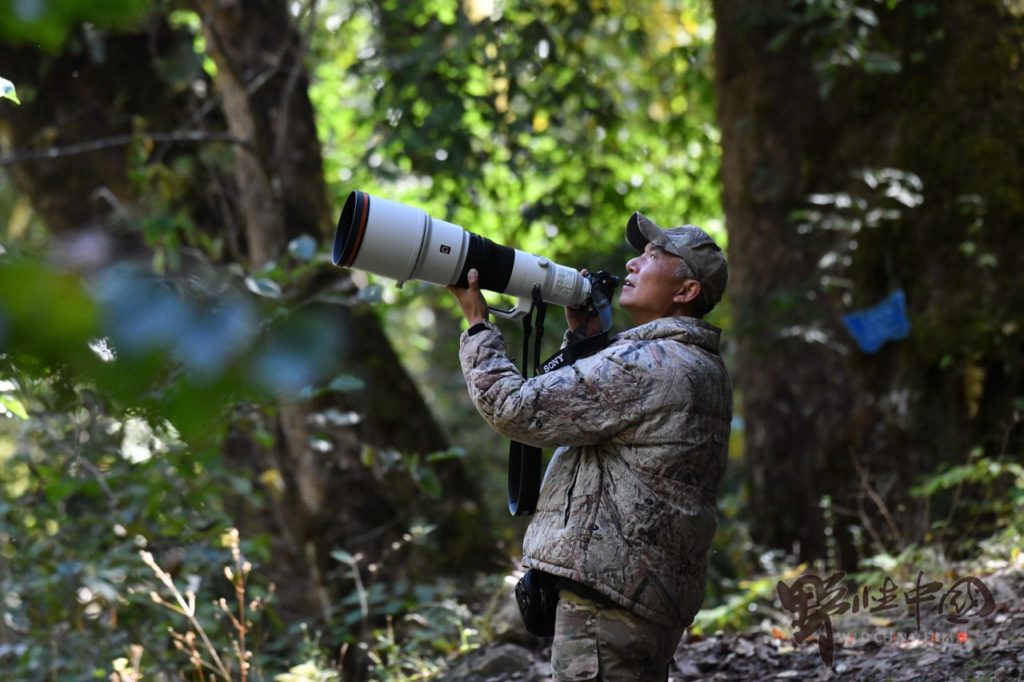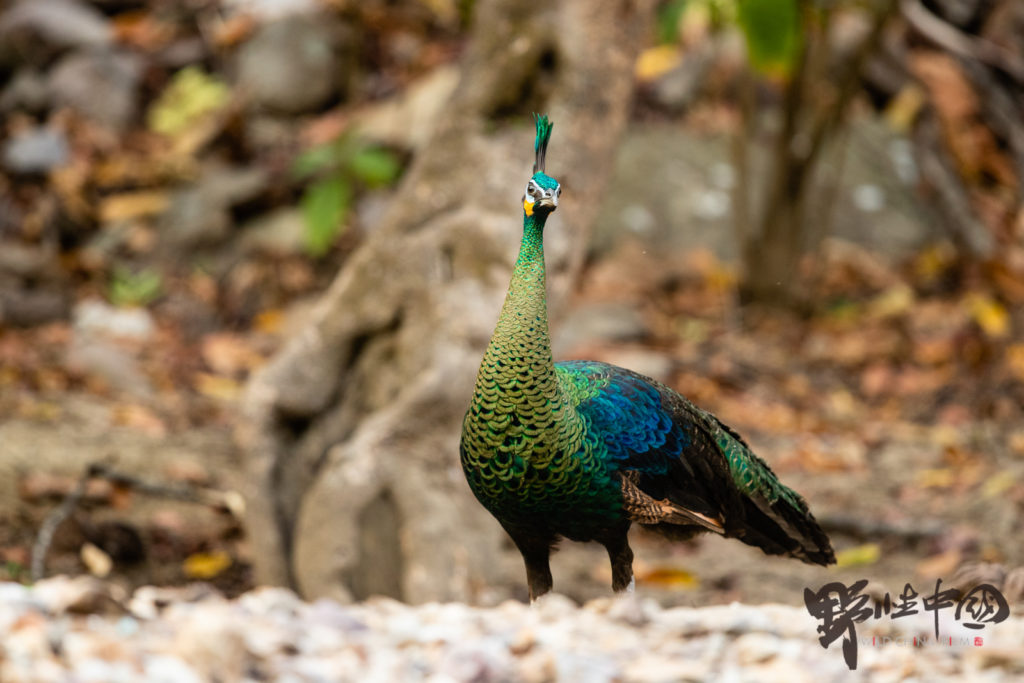Artists for the Earth
Saving wild China: An interview with Xi Zhinong
July 26, 2021
“In today’s China, no one will be starved to death, without having a bite of the meat from a wild animal. No one must wear a dress made of a wild animal skin to avoid death from the cold. We don’t have any excuse to consume wildlife.”
Xi Zhinong
If one person is responsible for bringing attention to the people and the government of China about the country’s wildlife, biodiversity, and the beauty of its natural habitats, it is Xi Zhinong.
Xi is a much-revered conservationist and one of the foremost photographers in the world. Through his work in pictures, books, and movies, he has highlighted the astonishing variety of China’s wildlife and its natural wonders. He has become an important activist for endangered species and a crusader for the environment.
Interviewed by: Shelley Rogers | Technical support: Halsey Payne | Edited by: Lucais Marks | Interpreter in Yunnan, China: LiYuan Zhu | Subtitles: Zuofei (Zephyrus) Li
Xi is the recipient of many awards including the coveted Gerald Durrell Endangered Species Photographer of the Year award, the BBC’s Wildlife Photographer of the Year award, and named one of the 40 most influential conservation photographers in the world by Outdoor Photography Magazine. He is the only Chinese photographer to become a member of the prestigious International League of Conservation Photographers.
Xi is known for his work filming the black snub-nosed monkeys (locally referred to as the Yunnan Golden Monkey), having been the first person to photograph them in the wild in the Baima Forest region.


–
He produced two documentary films about this highly endangered species, including emmy-nominated The Mystery Monkeys of Shangri-La. Xi’s efforts to save the region from logging resulted in an expansion in forest area by 100 square kilometers, a growth of the snub-nosed monkey population by the hundreds, and an increase in wildlife conservation and awareness among the Chinese people.
His work to photograph the plight of the Tibetan antelopes — slaughtered in demand for their luxurious wool — led to an international outcry in China and around the world. As a result, poaching was curtailed and the numbers of this iconic Tibetan species have rebounded.

About the slaughtered antelopes he photographed Xi said, “I saw in their eyes, my own reflection and the selfishness and greed of humankind. I saw the depth of our naiveté about nature from these animals.”
In the early 2000s, Xi and his wife, Shi Lihong, founded an organization called Wild China Film and initiated the first of their many Wildlife Photography Training Camps. The camps have instructed hundreds of people from all walks of life, providing scholarships to front-line workers from nature reserves and students who aspire to be wildlife photographers. It also funds PCES, the Photography of Chinese Endangered Species project, that supports conservation photographers working in the field.
In 2016, Xi established the Changshan Nature Center in Dali, a center in Yunnan devoted to educating visitors about the biodiversity and the natural world around them.
A harmonious relationship with nature
As the Chinese have for decades drifted from rural areas to cities, the countryside and its myriad and extraordinary wildlife have become an unknown world to many. The ancient Chinese philosophy that believed that all things in nature must be in balance and in harmony faded with the push for progress and expansion in China.
“In ancient China, we had a very good idea for the people and a harmonious relation with nature. We had a saying that people should always obey the Heaven and Earth. In the past, there were laws, rules, and folklores that asked Chinese People to respect nature. But this is in the past. Now, I think that after the last few decades – after the political movements, after all the human conflict, the good part of the Chinese traditional culture is mostly lost.”
Xi zhinong interview with graeme greene/the big five
In 1989, a new Wildlife Protection Law was implemented that reinforced the philosophy that animals are useful as a natural resource and good for rural economies. In 2015, the Wildlife Protection Law was set to be amended, and Xi appeared before the State Council’s Development Research Center conference to lobby for the elimination of wildlife trade and farming. Still, no progress was made, and the amended law remained much the same.
According to a 2017 survey, wildlife farming accounted for $75 billion of the economy each year and employed 14 million people. This includes farms for tigers, Asiatic bears, pangolins, rhinoceros, civet cats, snakes, giant salamanders, and turtles — many species endangered or near extinction. Nevertheless, the industry accounted for less than 1% of the nation’s GDP.

Legitimizing commercial exploitation of threatened wild animals and developing animals as a ‘resource’ ensures the continual poaching of wild animals. Over time, it could lead to the entire eradication of species.
The novel COVID-19 virus and wildlife trade and farming
With the spread of the COVID-19 virus, the National People’s Congress (NPC) Standing Committee adopted a set of ‘decisions’ in February 2020 which prohibited the breeding and trading of wild animals for the purposes of consumption as food – a major step forward. But as of October 2020, the most recent revision of the Wildlife Protection Law has changed little for the protection of wild animals to be used in traditional Chinese medicine, entertainment, or ornamentation with animal body parts.
Xi Zhinong’s continued advocacy
Xi Zhinong’s most recent attempt to save an endangered species has been to try to block a hydroelectric dam that will flood the Red River Basin, an area declared a world heritage site by UNESCO. The dam will destroy the habitat of another iconic species of China – the rare green peacock. The government is damming many rivers that flood rural areas, creating an encyclopedia of environmental harms.
In a hopeful sign, in January 2020 the Peking University Center for Nature Society polled 93,000 people on the subject of wildlife consumption and farming. The results found that roughly 97% of those polled were against eating wild animals and 78% against using wildlife products including medicine and fur.
Xi Zhinong is a great hero to many Chinese people for being the first person to successfully use photography to campaign for the rights of animals and natural habitats in his country, to save important species endemic to China, and to bring the beauty and wonder of nature to the forefront of the Chinese consciousness.

Now, even as China continues to enact laws that threaten their future, young people are changing and not holding to a way of looking at the natural world solely in terms of its ‘resources.’ And many, whether they know it or not, owe their point of view to Xi Zhinong.
EARTHDAY.ORG recently interviewed Xi about his legacy of wildlife photography and the status of wildlife protection in China. Get an exclusive look here.
Learn more about EARTHDAY.ORG’s work to heighten awareness and action through art and how you can support these efforts.
Image at top: Yunnan snub-nosed monkey family sits on a tree in the snow. Photo credit: Xi Zhinong/Wild China Film.


